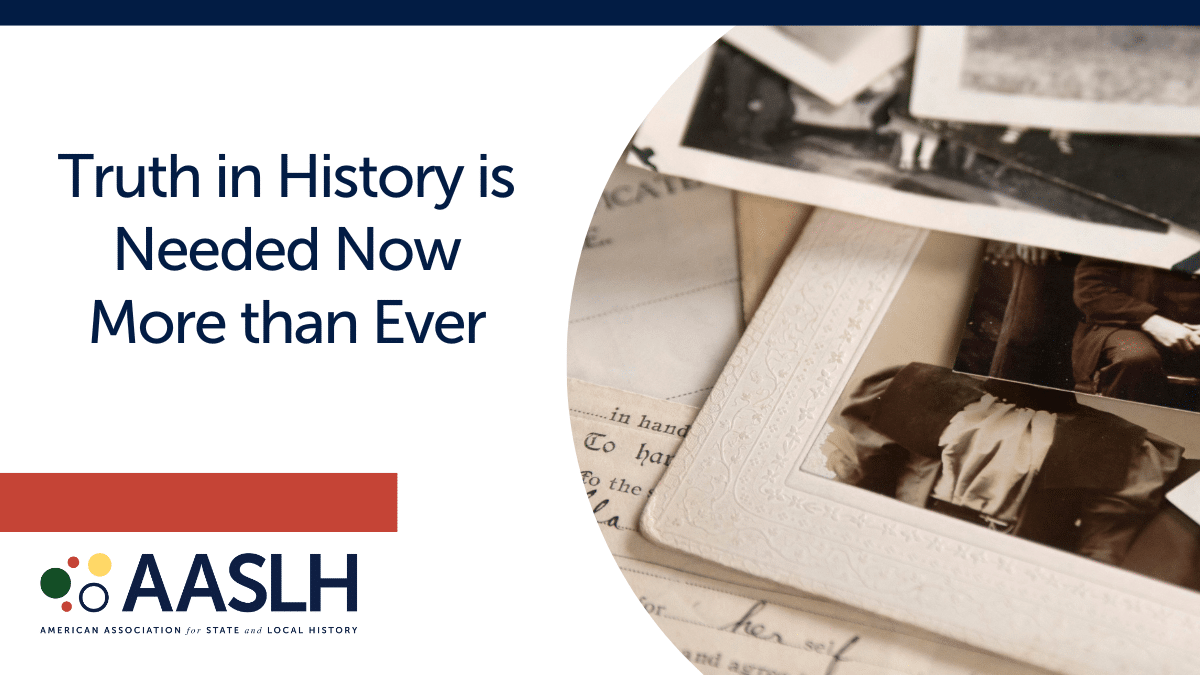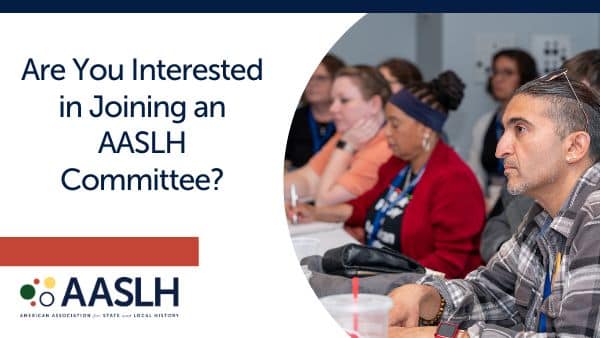
Image of 1963 March on Washington courtesy of the Library of Congress.
By Avi Decter and Ken Yellis
As if a virulent virus, social distancing, and an economic recession were not enough, museums and other social institutions are now confronted with yet another pressing need―to be more responsible agents of social justice and civic awareness. Put in its broadest terms, as Maayan Belding Zion has argued, “If we expect people to show up for our pain, we have to show up for theirs.” Drawing from this insight, we conclude that if we expect our communities to support our museums, historic sites, and interpretive centers, then our institutions must engage the most pressing, contentious issues of our time, in addition to contending with disease and depression.
For most of our organizations―and especially for history museums and historic sites―this new demand for attention and resources may appear outlandish, if not impossible. Virtually every museum in the country is afflicted with financial fracture and loss―loss of visitors, loss of revenue, loss of members and donors. The road back to financial health is fraught and the footing is tricky. Travel restrictions and concerns about close proximity are likely to suppress re-opening and substantial attendance for a year or more. Re-staffing and staffing up for secure, safe visits will impose still further financial burdens. And residual concerns within our communities about protests and potential violence are likely to inhibit on-site visitation from both locals and visitors.
But do we and our organizations have a choice? At a moment when many Americans are living through distress similar to 1918 (pandemic), the 1930s (unemployment and displacement), and 1968 (protest and violence) all at once, can we in good conscience shirk our responsibility to document, engage, and interpret the strands of crisis that infect our daily lives? What would we gain by standing off and standing apart when the society that sustains us is trying to figure out how it can possibly hold together, let alone move forward?
If we have something to say, we should say it. If there is something we can do or give, we must do and give. If there’s a way to get involved, we should embrace it.

Image courtesy of Ehimetalor Akhere Unuabona.
In any case, from an emotional perspective, life in the DMZ is both boring and tense, with all the terror of war and none of the glory. More importantly, silence on matters of consequence only seems safe; we get no points for saying nothing. On the contrary, by making the work of museums less socially relevant and culturally salient, we risk consigning our institutions to the sidelines of the national debate. We are better off under siege than ignored. If museums seek to demonstrate they are necessary, they have to take risks. Otherwise, who cares and who will defend them?
Our instinct is that we and our institutions must take on the risk (and costs) of responsible, active interpretation. As Barbara Kirshenblatt-Gimblett has observed, the risks of evasion are often greater than the risks of engagement. Few choices are more likely to impede resilience than a rush to irrelevance. For better or worse, the commingled crises of our day represent a challenge and an opportunity. We are at a moment in history when we need to embrace crisis, activism, and conflict as subjects of collection and programming.
This is a moment in history when our museums need to reestablish themselves as forums for community conversation about the issues that most matter and most immediately affect our daily lives and the future directions of our nation.
There are no simple ways to go about this. To take but one instance, the traditional nostrum of “balanced interpretation” favors the powerful in an unequal battle. We should be dispassionate in our work and non-partisan in our presentation and inclusive of diverse voices. But in many instances truth and justice do not reside in equal measure among all views; the truth is rarely found in the middle.
This may not be the traditional stance we have taken, but it may be a necessary one as we re-invent our institutions. There may be blowback. But as Jennifer Martin suggests, “In museums, our focus on social change for positive impact in education, learning, self-confidence, innovation, and creativity is pretty exciting stuff.” By embracing our communal responsibilities in at time of crisis and taking calculated, calibrated risks now, we may be starting off on the path to long-term institutional resilience. For museums, resilience, if it means anything, has to be about more about financial stability. It has to be about establishing a strong emotional connection to the lives, the concerns, and the dreams and passions of the community and the nation.
Avi Decter ([email protected]), principal of History Now, has worked in public history for over forty years, and is the author of Interpreting American Jewish History at Museums and Historic Sites. His many projects include the Boott Cotton Mill at Lowell National Historical Park; the U.S. Holocaust Memorial Museum; Louisville Slugger Museum and Visitor Center; and the National Civil War Museum in Harrisburg, Pennsylvania.
Ken Yellis ([email protected]), principal of Project Development Services, is a historian with four decades in the museum field. Yellis has worked extensively with the Museum Education Roundtable and has been involved in over a hundred history, science, and art exhibitions.
How is your institution coping with COVID-19? Share your ideas and experiments with the field on our blog. Email [email protected] to submit a blog post.



